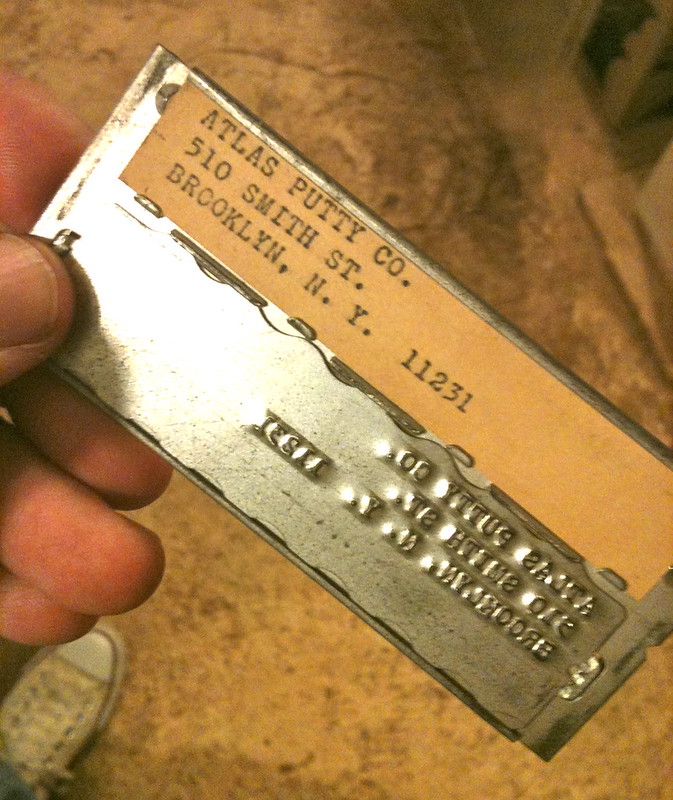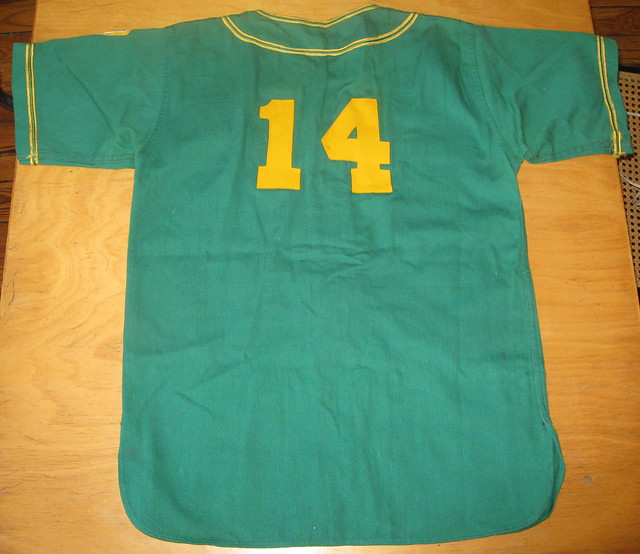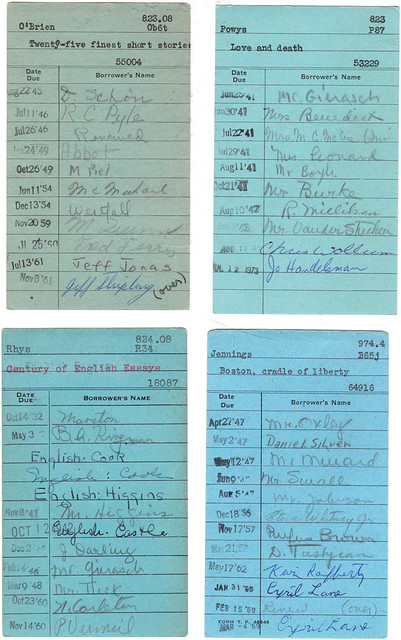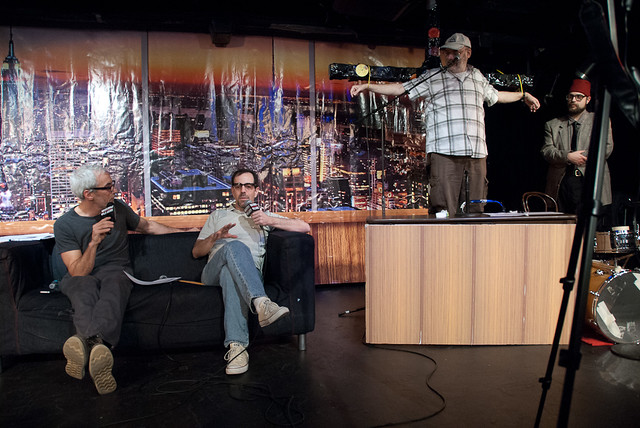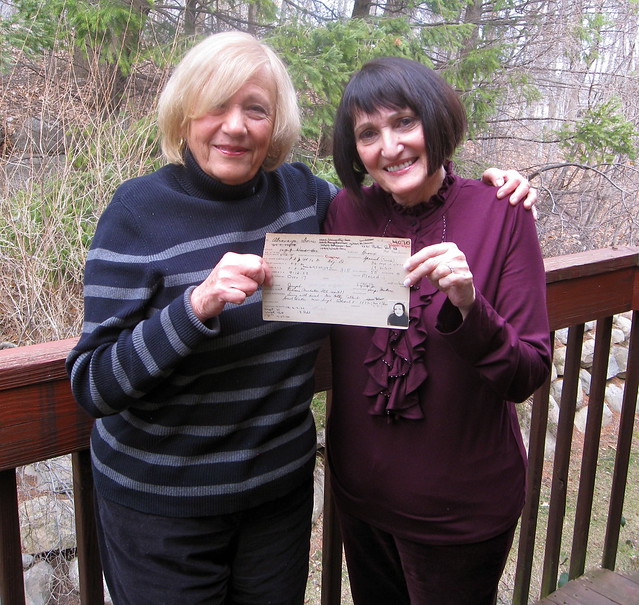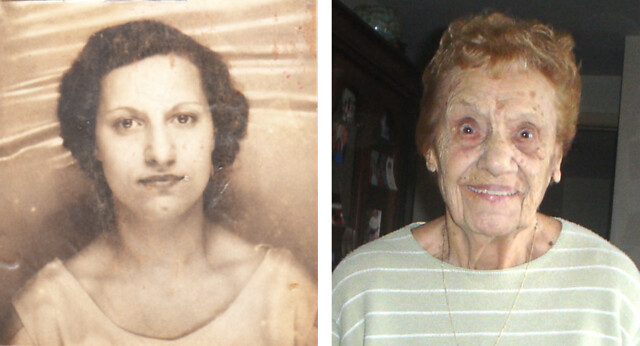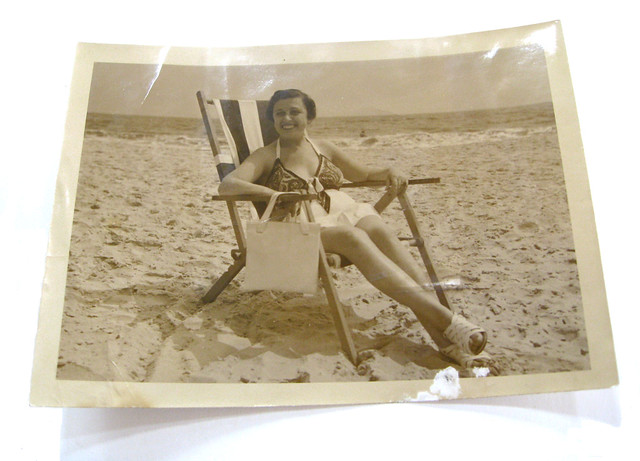

At top is a photo of Eva Greene Rosencrans, who studied dressmaking at the Manhattan Trade School for Girls nearly 100 years ago; beneath her is a shot of her son and daughter-in-law, Bob and Margie Rosencrans, holding Eva's report card. Bob and Margie say Eva didn't talk much about her time at the school, but it must have been important to her, because she saved her diploma, awarded when she was not quite 17 years old. It was the highest level of formal education she would achieve.
The most notable line in Eva's report card is the final entry in her work-placement record, which indicates that she'd begun working for a "Mrs. Rosenstein." That would be Nettie Rosenstein, a young Austrian immigrant who'd begun making a name for herself in the fashion world. Nettie and Eva would be professionally and personally linked for the next 45 years, as Nettie became a top fashion designer and Eva stayed on as her business partner and top creative assistant and also married Nettie's brother.
Nettie Rosenstein's prestige grew in 1953, when she designed Mamie Eisenhower's inaugural ball gown -- or at least that's the party line. The truth is that Nettie had turned over most of the design work to Eva by this point, and it was Eva -- not her famous sister-in-law -- who designed the First Lady's gown. She designed another one for the Eisenhowers' second inaugural in 1957.
Today the Nettie Rosenstein label is highly sought after by vintage clothing aficionados, even though it was actually Eva -- drawing up on the dressmaking skills she learned at Manhattan Trade -- who designed much of the company's clothing. Most people never realized this, even at the time. At 1950s runway shows, it was Nettie who'd come out at the end and take a bow, while Eva, who'd actually created the designs that had just been presented, stayed off in a corner. But Bob and Margie say she never minded this. "She had very little ego," Bob told me. "She was happy to do her job. She was very good at it, but her real focus was always her family, not her career, so professional accolades didn't matter that much to her."
I look forward to telling more of Eva's story in a feature-length article later this year.
(Special thanks to volunteer researcher Samantha Bulgerin for laying the groundwork for this piece, and to my longtime friend Robin Edgerton for assisting with my interview of Bob and Margie Rosencrans.)

